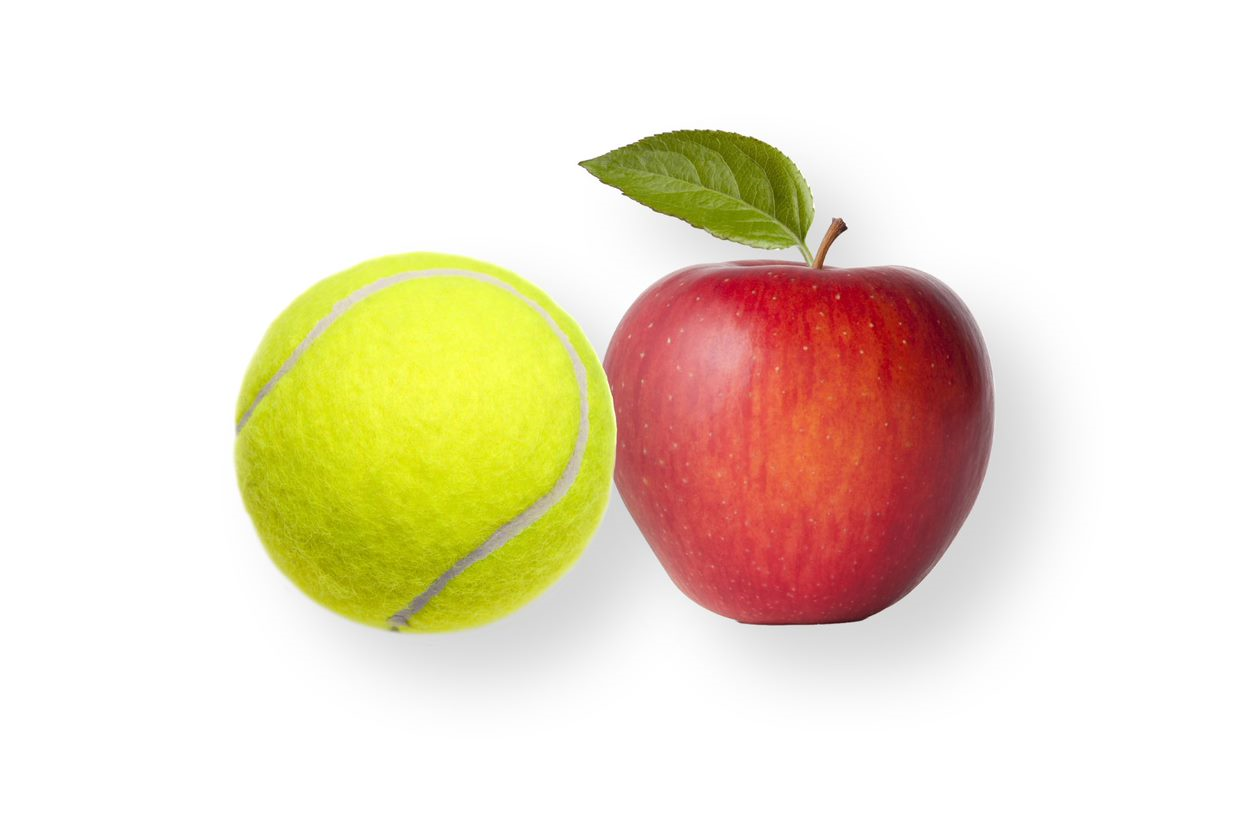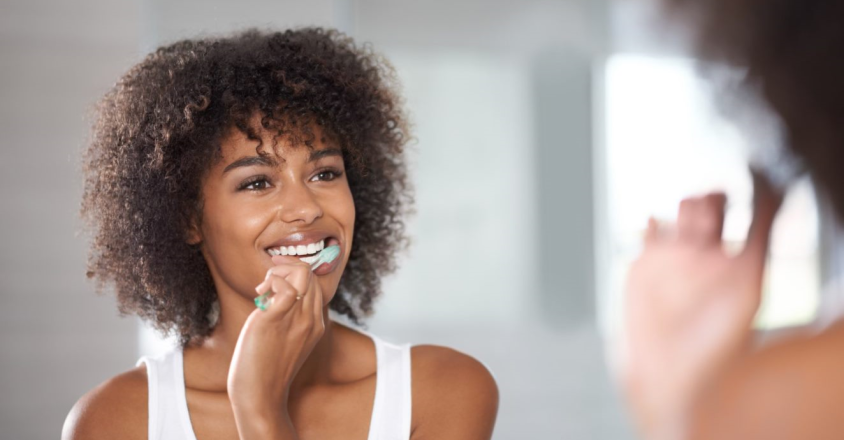Excuse to drink coffee
Need an excuse to drink coffee? Look no further.
Picture a rainy day, cozy blanket, hands wrapped around a steaming cup of coffee … blissful. Until a little voice inside your head whispers, “but coffee isn’t good for you.” Or is it? Researchers say low to moderate coffee consumption can actually boost your health and reduce the risk of disease. We’re talking up to three cups of filtered coffee, sugary lattes don’t count. So, if you’re a coffee connoisseur looking for an excuse to keep sipping that cup of joe, you’ve come to the right place. Let’s take a closer look.
Immune system
Coffee offers more than deliciousness - it also contains compounds found to boost our immune systems, including caffeine, according to a study on the Science Direct website. Many of these compounds have antioxidant and anti-inflammatory properties to help our bodies fight diseases and reduce inflammation. A recent study in the UK, posted on the MDPI website, even found that individuals who habitually drink one or more cups of coffee per day were 10% less likely to contract COVID-19.
Parkinson’s disease
While scientists work hard to discover a cause and cure for Parkinson’s disease, research on the MDPI website indicates coffee could help slow the progression of this neurological disease. Caffeine has been found to have a neuroprotective quality that helps slow down the cognition changes common in Parkinson’s disease.
Type 2 diabetes
At first glance, a sugary, caffeinated drink is not a good idea for someone at risk of developing type 2 diabetes. Spontaneous caffeine can mess with insulin sensitivity. However, making a habit of sipping a nice simple cup of black coffee has been found to reduce the risk of developing type 2 diabetes, according to a study on the New England Journal of Medicine website.
Cardiovascular diseases
Similar to type 2 diabetes, an article on the New England Journal of Medicine website shows regular coffee consumption is linked with a reduced risk of cardiovascular diseases such as stroke. And yet again, this thought goes back to the variety of anti-inflammatory compounds found in coffee.
Now, does all this mean non-coffee drinkers should start chugging? Nope, plenty of other ways to boost your health and prevent disease exist. If you’re already a regular coffee drinker, enjoy that cup or two. Like most things in life, moderation is key. Be mindful of how you feel, and you’ll know when you’ve had enough.
Genesis HealthCare System’s Health and Wellness content conveniently provides accurate and helpful information. Your health history and current health may impact suggestions provided through our Health and Wellness content. Although we hope this information is helpful, it is not a substitute for your doctor's medical advice. Before making any significant changes, please consult your doctor.

Need an excuse to drink coffee? Look no further.



















